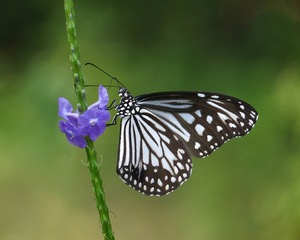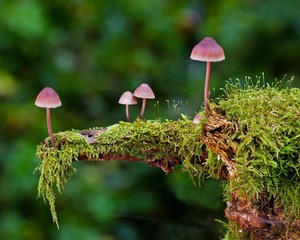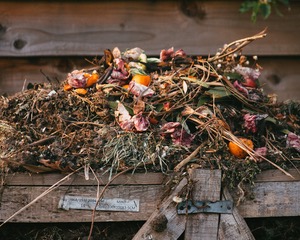When Plants Go to War
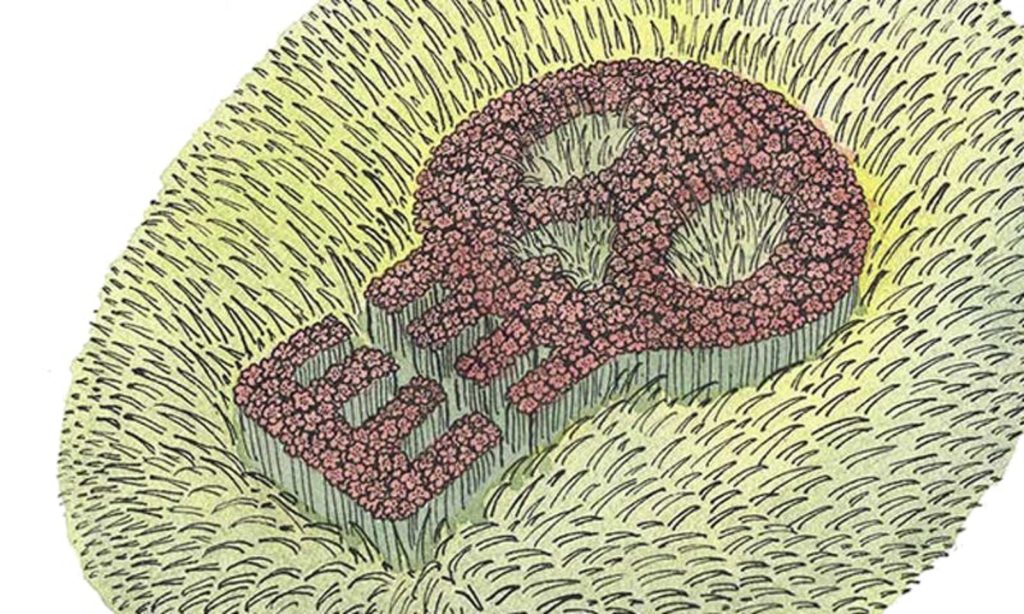
In the fight against insects, plants have evolved an
arsenal of ingenious chemical defenses.
By Mike Newland
Illustrations by Seth Williams
Sign up for our monthly newsletter!
Compared to the hectic rush of our bipedal world, a plant’s life may appear an oasis of tranquility. But look a little closer. The voracious appetites of pests put plants under constant stress: They have to fight just to stay alive.
And fight they do. Far from being passive victims, plants have evolved potent defenses: chemical compounds that serve as toxins, signal an escalating attack, and solicit help from unlikely allies.
However, all of this security comes at a cost: energy and other resources that plants could otherwise use for growth and repair. So to balance the budget, plants have to be selective about how and when to deploy their chemical arsenal. Here are five tactics they’ve developed to ward off their insect foes without sacrificing their own wellbeing.
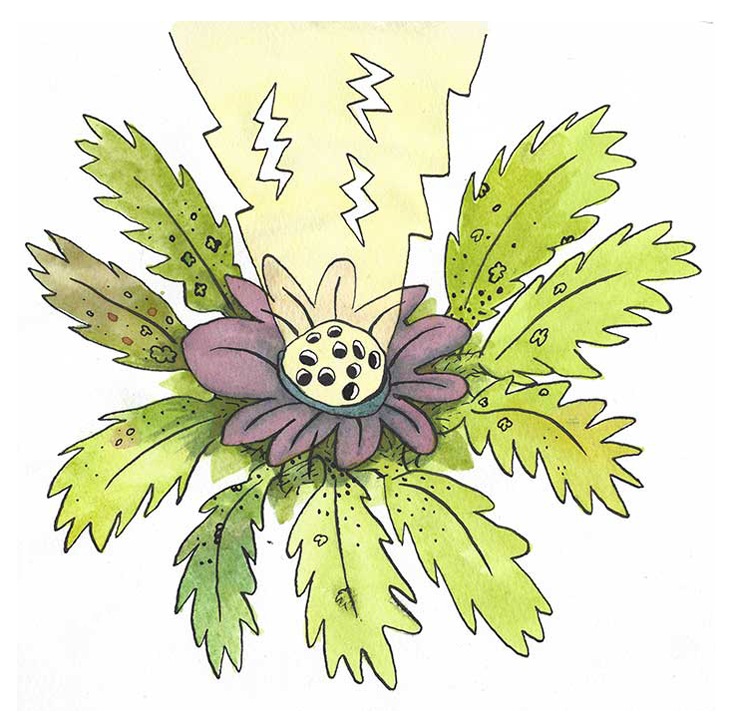
Warning Flares
Rather than pump out chemical defenses 24-7 (a waste of resources), plants hold off production until an attack is underway. As soon as an insect bites a leaf, the leaf sounds the alarm by emitting volatiles—chemical flares that tell other parts of the plant, as well as its neighbors, to start manning the barricades.
This early warning system works via a cascade of molecular events. First, it triggers the release of “jasmonate” hormones, which in turn break down proteins known as JAZ. These proteins silence genes that direct the manufacture of various toxic and protective chemicals. By eliminating JAZ, jasmonate hormones free these genes to express themselves, thus powering up a plant’s weapons assembly line.
Plants also make use of underground networks to warn each other of impending danger. Many species have a symbiotic relationship with a soil-borne fungus, which penetrates the outer layers of a plant’s roots, feeding off its carbon stores and helping it take up vital nutrients such as nitrogen and phosphorus in return. The fungus grows by sending out long, threadlike branches called hyphae, which colonize nearby plants, forming vast underground webs.
In experiments with bean plants, when researchers placed aphids on a plant encased in a polythene bag (so it couldn’t broadcast warnings by air), other plants hooked up to the subterranean fungal web began churning out defensive compounds. Their unconnected neighbors, however, did not. The fungus appears to work like a biological Internet, carrying vital intelligence from plant to plant.
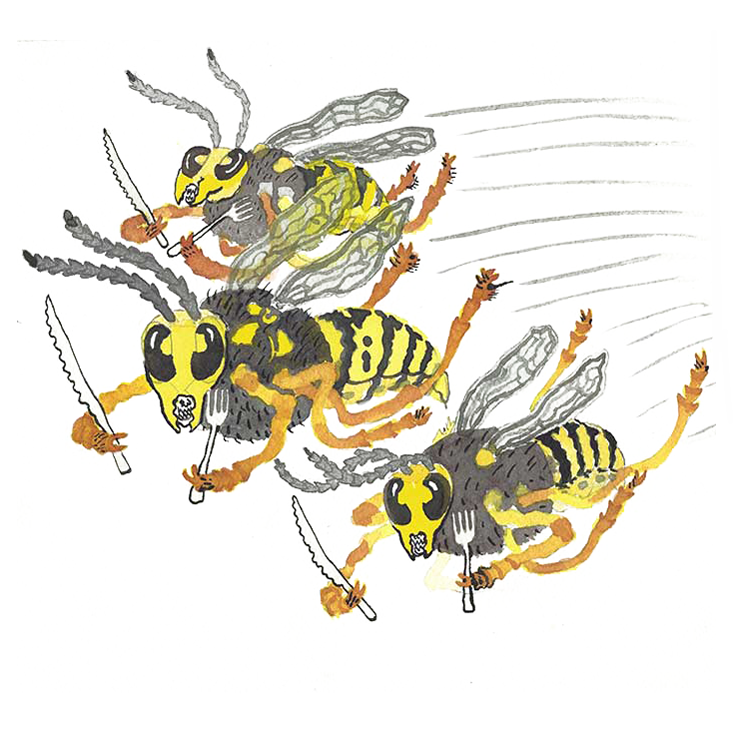
Calls for Backup
Plants also conserve resources by recruiting allies to fight some of their battles for them. Among a plant’s armaments are volatiles that beckon predators of its insect attackers.
When caterpillars graze European maize, for example, the plants emit the volatile β-caryophyllene, which attracts parasitic wasps. The wasps lay their eggs inside the caterpillars, slowing their feeding and eventually, when the eggs hatch a few weeks later, killing them. European maize also releases β-caryophyllene below ground in response to rootworm attacks. This signal drifts through pores in the soil, calling to predatory roundworms: “Dinner’s ready, come and get it!”
In some cases, however, a call for help can invite unwelcome guests. Maize varieties cultivated in the United States, for example, have lost the ability to produce β-caryophyllene, leaving them more vulnerable to insect attacks. But when researchers restored the gene responsible for producing this chemical in laboratory plants, their roots became infested with a pathogenic fungus. The fungus, it seemed, had evolved to recognize β-caryophyllene as an invitation, presenting the maize with a tough choice: Keep its wasp and worm allies, and succumb to the fungus—or take its chances against the herbivores.
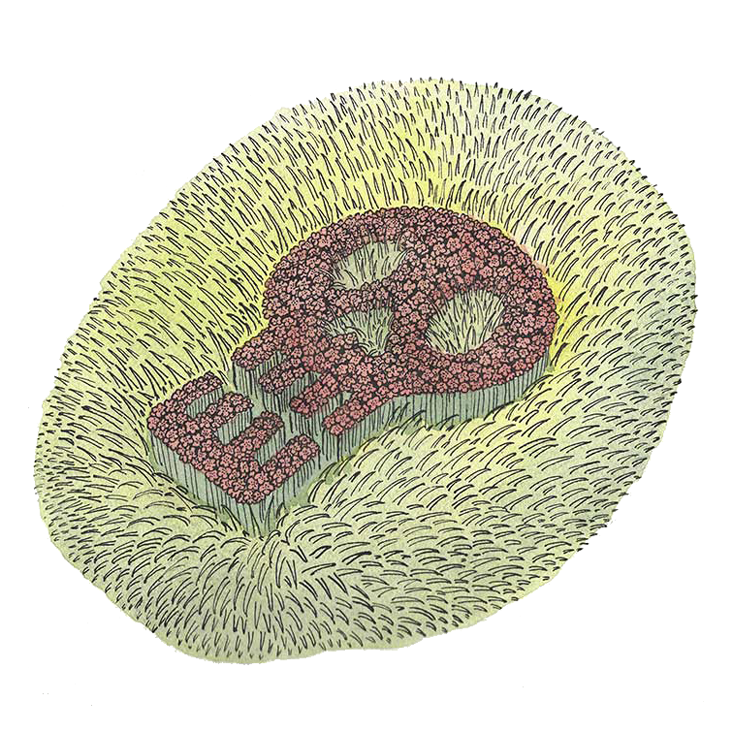
Booby Traps
Why go to the trouble of firing weapons willy-nilly when you can lure your attacker into a carefully set trap? Plants in the Brassicaceae family (including broccoli, cabbage, and mustard) store seemingly harmless compounds known as glucosinolates in cellular compartments next to stores of enzymes called myrosinase. The two reserves are separated only by a thin cell wall. When an unsuspecting herbivore chews through this wall, the myrosinase enzymes mix with the glucosinolates, catalyzing chemical reactions that engulf the attacker in a toxic cloud. (It’s these reactions that give Brassicaceae species their characteristic bitter flavors and antioxidant properties.)
Only when these booby traps are effective, however, will plants put more resources into creating them. When chewing insects such as caterpillars activate the traps, the resulting damage induces the plant to ramp up glucosinolate production. However, sucking insects such as aphids, which avoid setting off the traps by feeding through a needlelike tube, have little effect: The plant doesn’t waste resources on ineffective weapons.
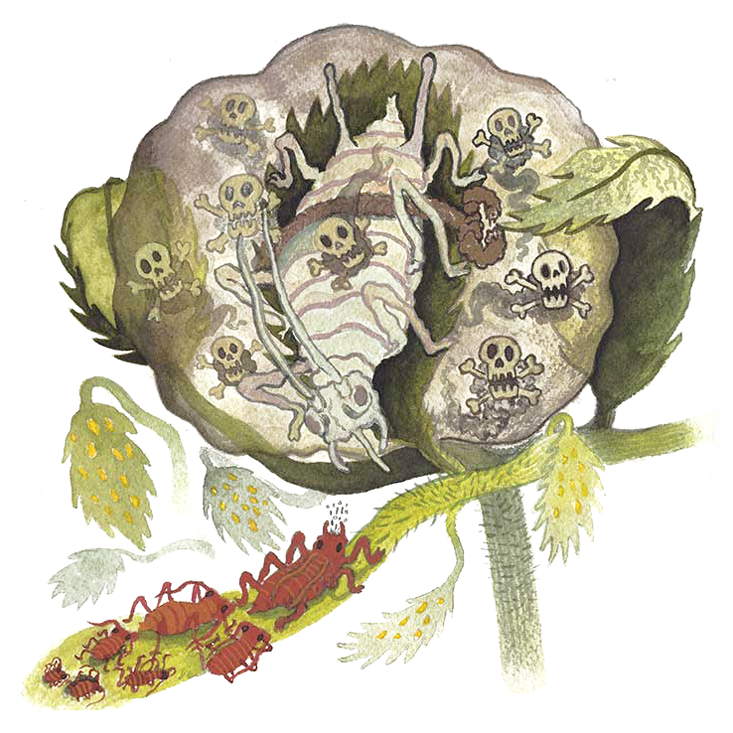
Spy Games
Some plants have learned the communication codes of their enemies and use them to spread false information. Aphids, for example, release the pheromone β-farnesene when a predator attacks. This warning tells other aphids in the area that they’ve been rumbled and it’s time to skedaddle. Plants often emit β-farnesene during an aphid attack, perhaps in an attempt to scare off their aggressors by aping their distress call. But not just any β-farnesene signal will do.
In most cases, plants release the pheromone in a steady stream as part of a mixture of defensive volatiles, and aphids have learned to ignore it. The wild potato, however, has found a way to modify this signal to successful effect: It stores the pheromone in delicate bulbs on the ends of tiny leaf hairs. When an aphid lands on the leaf, its legs stick to the leaf’s tacky surface. As the aphid thrashes about trying to free itself, it breaks the bulbs, releasing β-farnesene in bursts that seem to mimic an aphid’s pulsed alarm call.
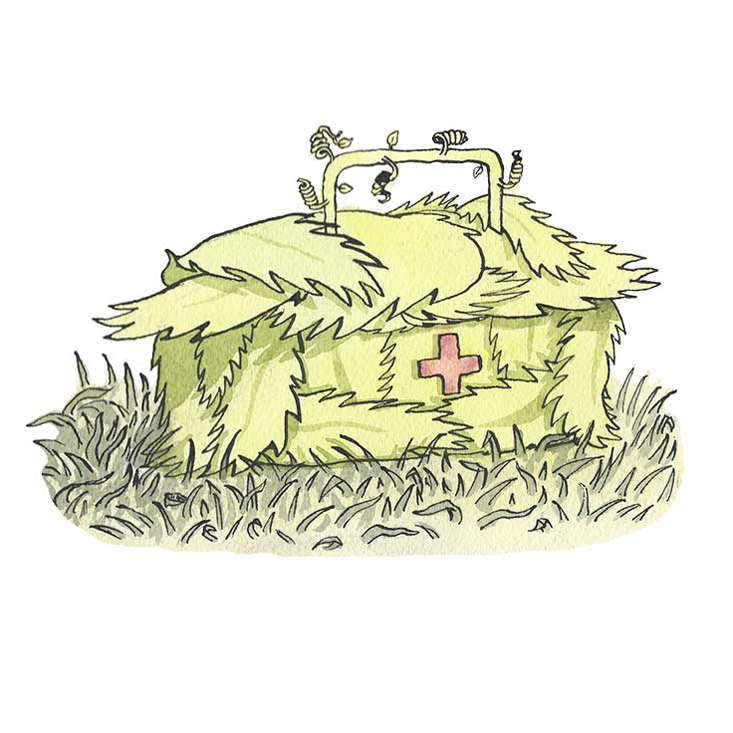
Emergency First Aid
During a hard-fought battle, a plant must tend to its injuries. A range of compounds known as green leaf volatiles act as antiseptics, protecting damaged tissue against bacterial or fungal infection. (These volatiles, which make up the fragrance of freshly cut grass, send another warning to neighboring plants, reminding them that danger is at hand.)
An injured plant also produces traumatic acid, known as the “wound hormone,” which stimulates cell division to close up a laceration in much the same way that blood clots in an animal’s wound. These responses happen within minutes of attack: Plants begin patching themselves up while still fighting off invaders. A plant must therefore constantly decide how to divide its resources between defense and regeneration.
And as the struggle between plants and insects plays out generation after generation, each opponent is continuously revising its playbook to try to gain the upper hand. Insects, for example, are beginning to evolve antidotes to plants’ various defenses, including the ability to neutralize toxins or even steal them for their own ends, thus pressuring plants to develop new tactics. This war is a Red Queen’s arms race: Both sides are running at full tilt just to stand still.
Mike Newland is a post-doctoral research assistant at the University of East Anglia, looking at interactions between the biosphere and atmosphere.
This article first appeared in Nautilus.

As Ireland transitions from the rich, smoky scent of peat-burning to a more sustainable future, its olfactory heritage is evolving. What will become the next iconic aromatic symbol of Ireland?
Click to watch the documentary trailer.


